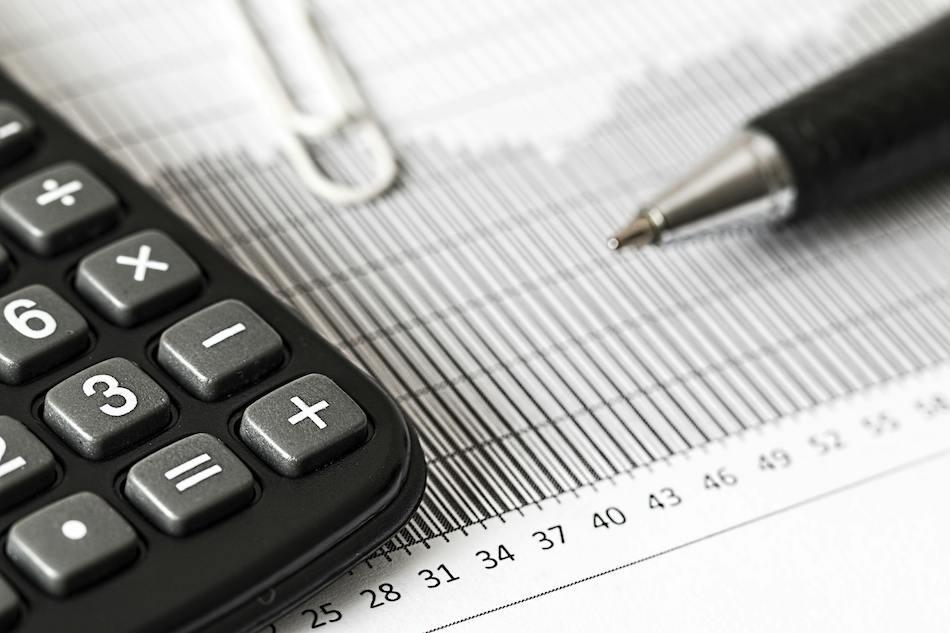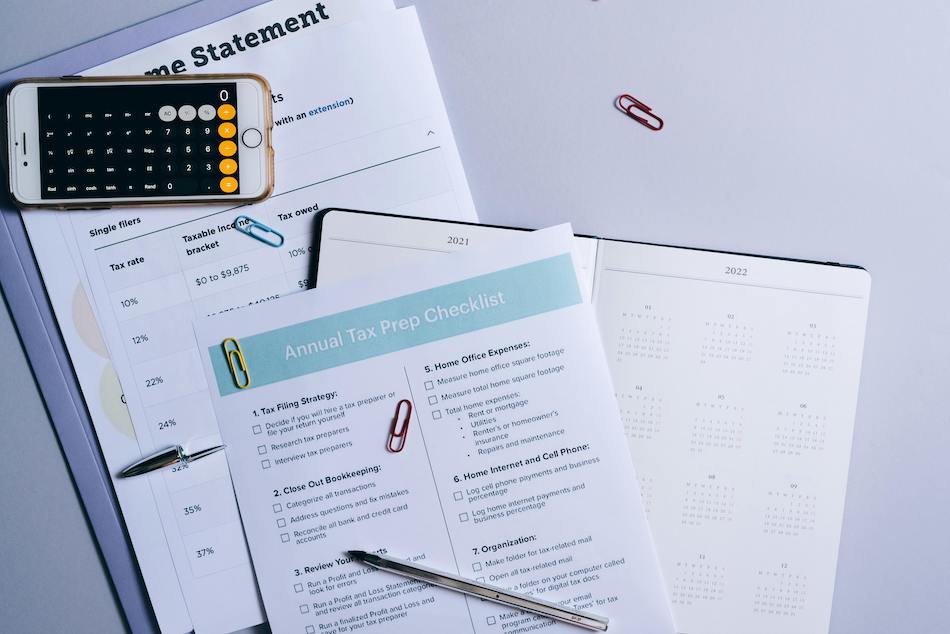Home Office Deduction Explained: How to Qualify & How Much You Can Save

The home office deduction is one of the most valuable tax benefits available to self-employed individuals, freelancers and small business owners who work from home. However, many people either don’t take advantage of it or fear it might trigger an audit. In reality, if you qualify and keep accurate records, claiming the home office deduction can significantly lower your taxable income.
Who Qualifies for the Home Office Deduction?
You must meet the following criteria in order to qualify for the home office deduction:
- Regular Exclusive Use – The area of your home used for business must be exclusively dedicated to work. Any type of occasional or mixed personal use does not qualify. For example, a guest room with a desk doesn’t qualify.
- Principal Business Place – Your home office should be your primary place of business. If you conduct most of your business activities there or regularly meet clients at home, you likely qualify.
- Self-Employed Individuals – Employees who work from home generally do not qualify for this deduction. However, if they are required to work from home by their employer and do not have an alternative office space, they may qualify for this deduction.
How to Calculate Your Home Office Deduction
There are two methods for calculating the home office deduction. These are the Simplified Method and the Actual Expenses Method.
1. Simplified Method
This is a straightforward method that requires minimal record-keeping. According to it,
- The IRS allows you to deduct $5 per square foot of home office space for up to a maximum of 300 square feet.
- The maximum deduction under this method is $1,500 per year.
- There is no need to track actual expenses like utilities and maintenance.
Example: If your home office is 200 square feet, you can deduct 200 sq ft × $5 = $1,000 from your taxable income.
2. Actual Expenses Method
The actual expense method allows you to deduct a portion of your home-related expenses based on the percentage of your home used for business.
- Expenses that can be deducted include:
- Rent or mortgage interest
- Property taxes
- Utilities (electricity, water, internet)
- Home insurance
- Maintenance and repairs
- To calculate, divide the square footage of your office by the total square footage of your home.
Example: If your home office is 300 square feet and your home is 1,500 square feet, then 20% of your home-related expenses can be deducted.
How Much Can You Save?
The amount you save depends on your total home office expenses and your tax bracket.
- If you claim $1,500 under the simplified method and are in the 24% tax bracket, you save $360 in taxes.
- If your actual home office expenses total $5,000 and you deduct 20% (or $1,000), you save $240 in taxes (if in the 24% bracket).
Important Record-Keeping Tips
- Keep receipts for home-related expenses.
- Maintain a floor plan or photos proving your home office setup.
- Use accounting software or bookkeeping apps to track expenses automatically.
The home office deduction can be a great way to reduce your tax burden if you qualify. Be sure to follow IRS guidelines, maintain good records, and choose the right calculation method to maximize your savings.
Would you like assistance with tracking expenses for your home office deduction? Use Tabby!



Leave a Reply